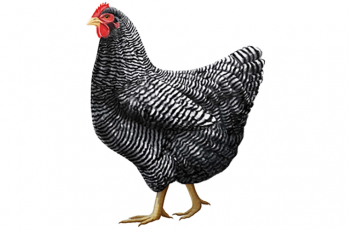Author: Shannan Muskopf
-
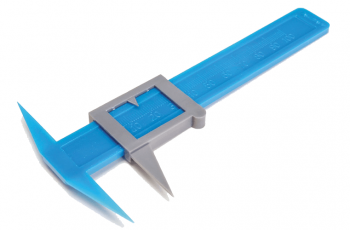
Explore the Senses
Students rotate between 6 stations where they perform tasks to perform related to the senses, such as two point discrimination and reaction time.
-
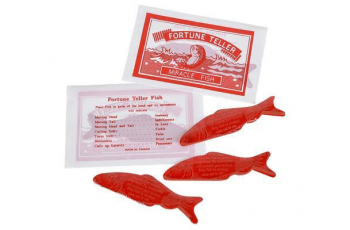
Fortune Telling Fish
This activity is perfect for a first day or as an introduction to the scientific method. Though there isn’t quite as much cooperation as the “Saving Sam” activity, the fortune telling fish allows students to explore the nature of science together. The handout linked can be given to students, or you can also project them…
-
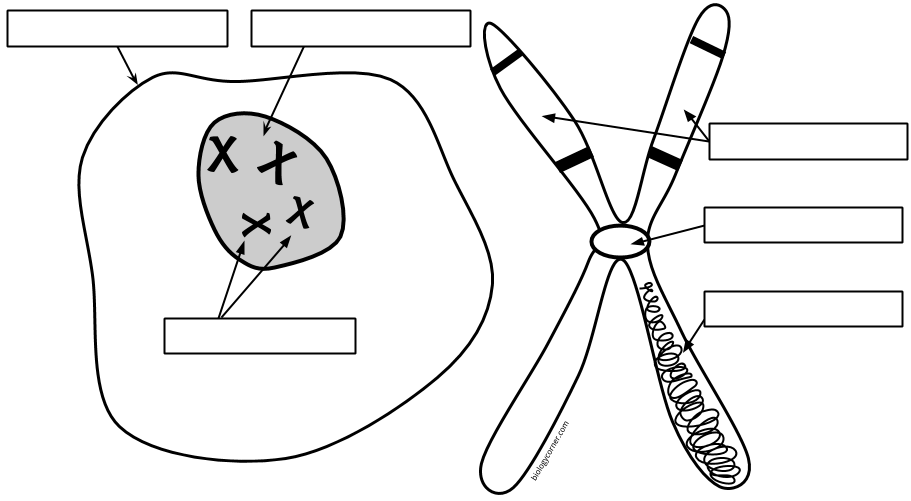
Simple Diagram Labeling on the Parts of a Chromosome
A diagram of a chromosome in the nucleus of the cell. Students label the chromatid, centromere, chromosomes, cell membrane, DNA, and nucleus.
-
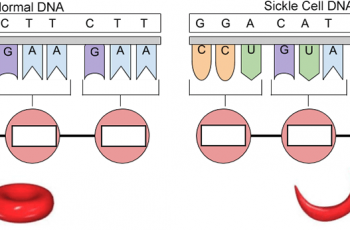
Genetics of Sickle Cell
This assignment was created for students who miss class and can be completed independently. There are sections to read with questions to answer, focusing on how DNA provides the instructions to make protein. A single base substitution in the gene that codes for hemoglobin results in sickle cell anemia. Students are walked through the process…
-
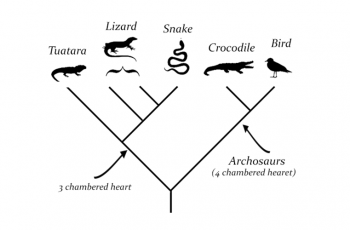
What is a Cladogram?
Students are given a description and an example of a cladogram showing the relationship between lizards, snakes, crocodiles, and birds. They are then walked through the process of creating a cladogram for five animal examples: frog, fish, bird, koala, and lizard. The process involves suggesting traits that these animals share and finding traits that are…
-
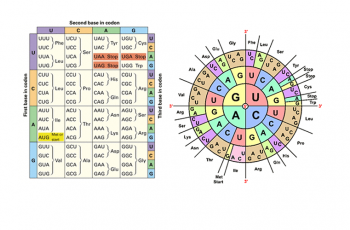
Protein Synthesis Practice Using Codon Charts
Students practice using a codon wheel or codon chart to determine the amino acid sequence of DNA and RNA. Worksheet includes a short explanation of transcription, translation, and how amino acids are the building blocks of proteins. Students practice using the codon chart to determine which amino acids are indicated by the RNA code. They…
-

Label and Color the Urinary System
This simple worksheet asks students to label the major structures of the urinary system. They can also choose to color the diagram. I use coloring sheets in anatomy and physiology classes but this could also be used in biology or as a supplemental graphic for a frog or fetal pig dissection. Though many of my…
-

Devils, Chromosomes and Cancer
This is a good follow-up activity to the Tasmanian Devil Karyotype, where students examine how the chromosomes of cancerous cells can be altered. It is a short read about a transmissible cancer found in Tasmanian devils which causes facial tumors. This cancer, known as is has already killed 85% of the overall population and threatens…
-
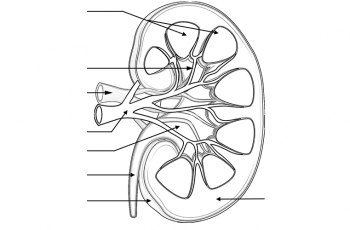
Label and Color the Kidney
This worksheet has a very simplified view of a kidney showing the cortex, renal pyramids, renal artery and vein, renal pelvis, and ureter. Students can practice labeling the structures and color coding the diagram. This worksheet was designed for a high school anatomy and physiology class and complements two other labeling and coloring worksheets: urinary…
-
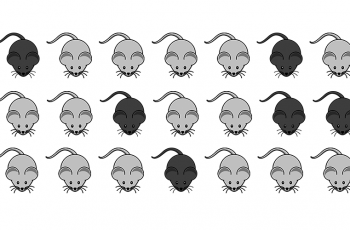
Hardy Weinberg Problemset
Hardy-Weinberg equilibrium (HWE) is a fundamental concept in population genetics that describes the theoretical relationship between allele frequencies and genotype frequencies in an ideal, non-evolving population. Students can practice using the Hardy Weinberg equilibrium equation to determine the allele frequencies in a population. This set of 10 questions gives students just enough information to solve…
-
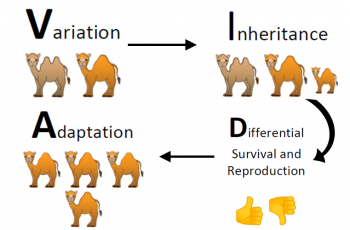
Evolution – VIDA chart
This chart is used as a graphic organizer to help students understand the process of evolution by natural selection. I use this chart multiple times throughout the unit, basically for each model organism we study. VIDA means: Variation, Inheritance, Differential Survival and Reproduction, Adaptation. These principles apply not matter what organism you are studying. For…
-
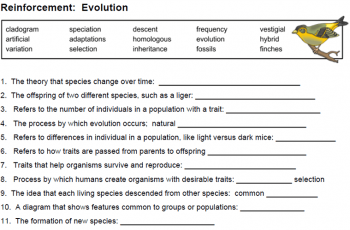
Reinforcement: Evolution
This worksheet was designed for an introductory biology class where students are exposed to basic concepts of biology. The unit covers the history of evolutionary thought (Darwin and the finches of the Galapagos) I focus more on modern examples of evolution, such as rock pocket mice and giraffes. Students match a description or definition to…
-
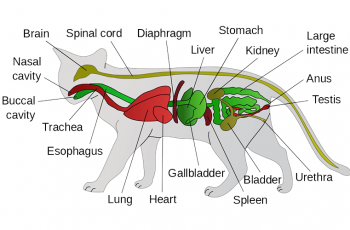
Complete Cat Dissection Student Guide
Cat dissection manual for anatomy and physiology students. A cat dissection is not usually performed in biology and reserved for upper level anatomy or college students. My anatomy class is only available for juniors and seniors. Some students may have ethical issues with dissections, and I refer them to an alternate version for the dissection…
-
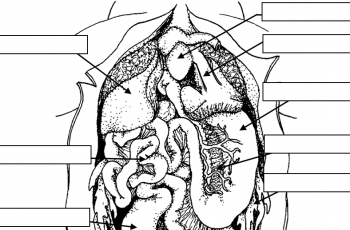
Frog Anatomy Label
This worksheet is intended to help students review the anatomy of the frog after they have completed the dissection of the frog. Images show the internal anatomy of the frog with blanks for students to fill in the names of structures, like the liver, intestine, lungs, spleen, and heart. Guide also compares the male and…


